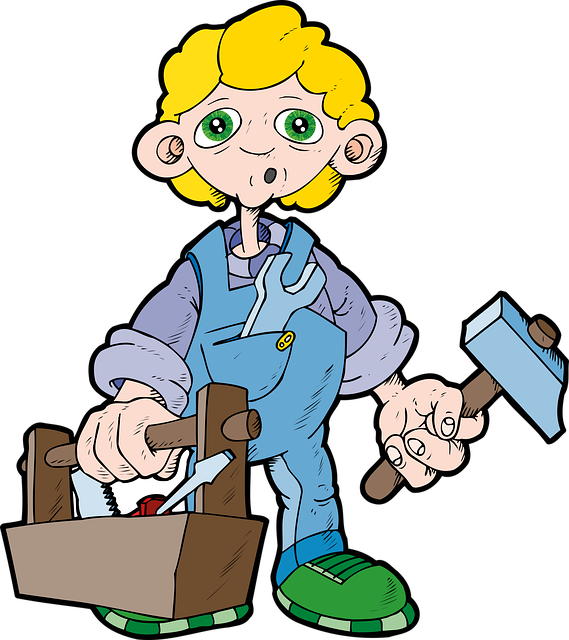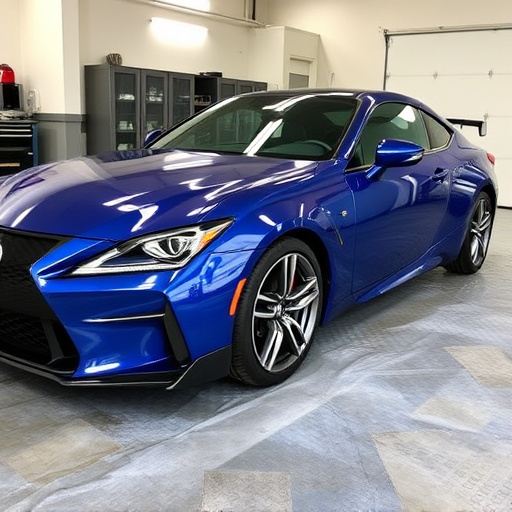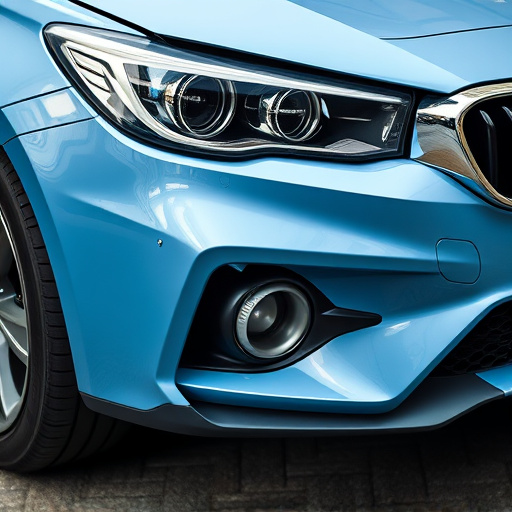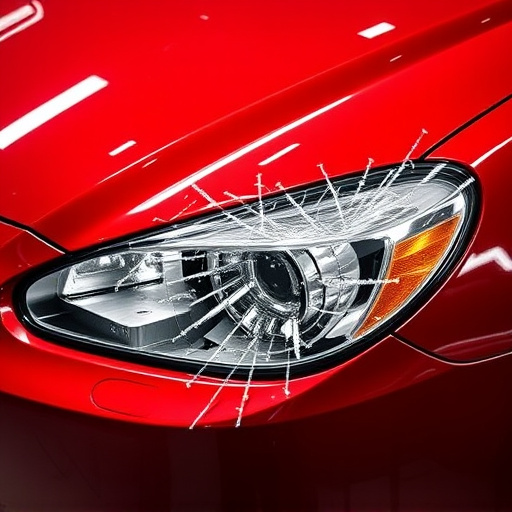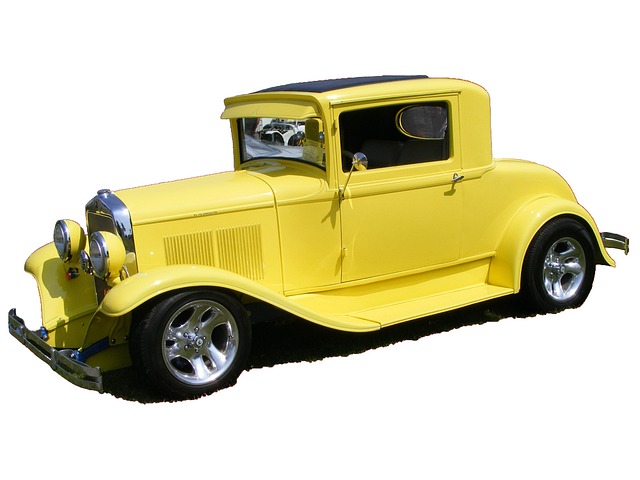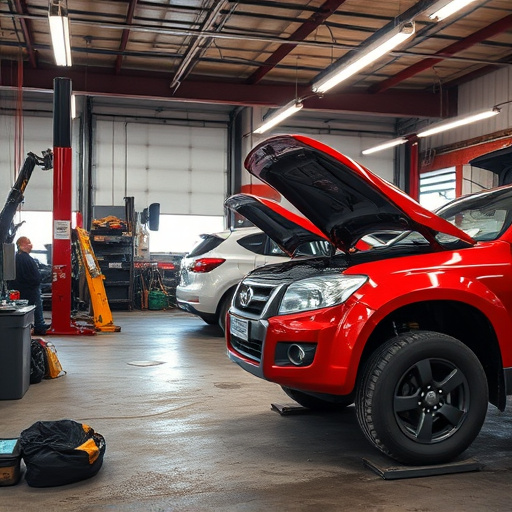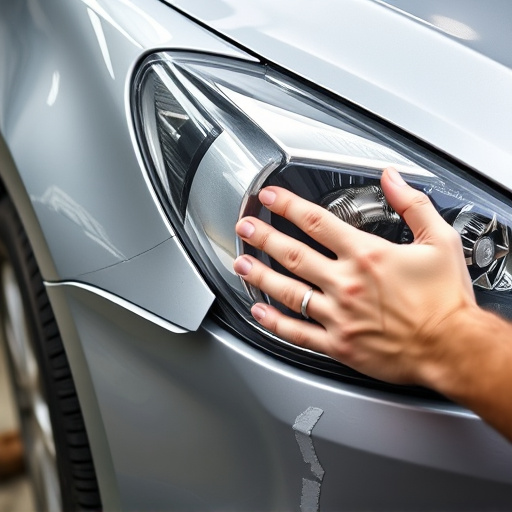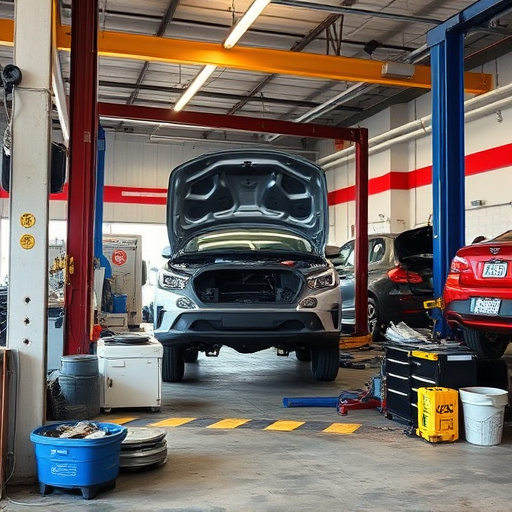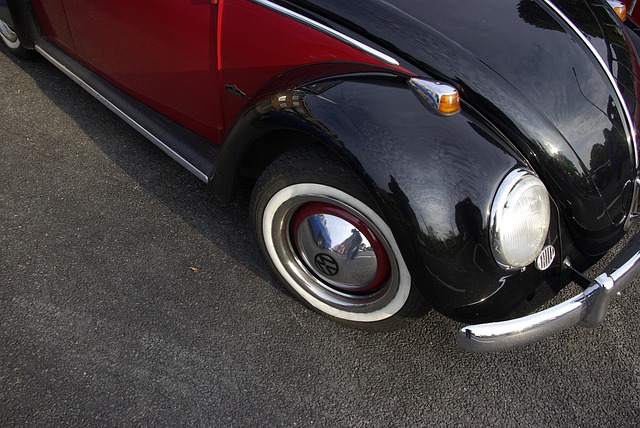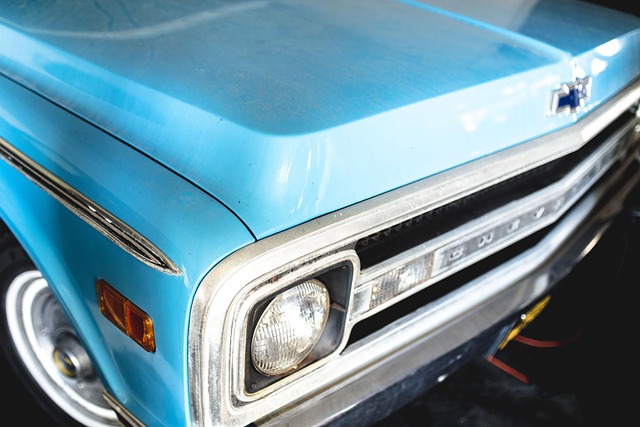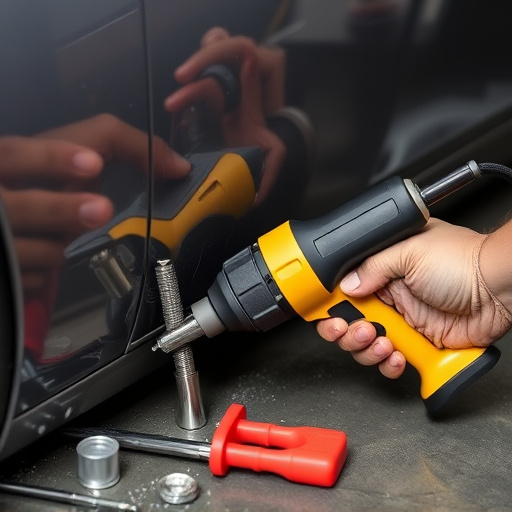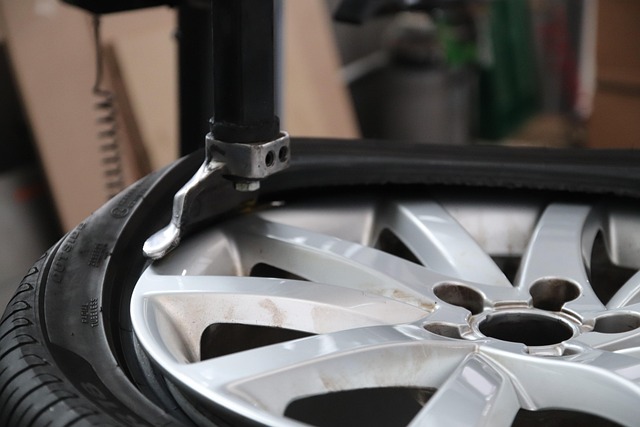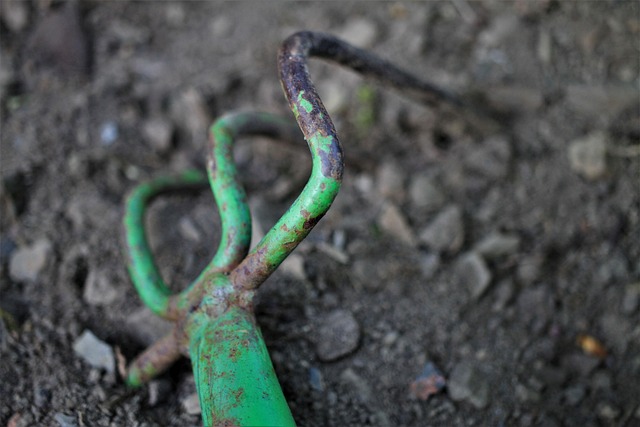Using Original Equipment Manufacturer (OEM) parts in vehicle crash repair offers advantages like precise fitment, high quality, structural integrity, and safety for each make and model. While costly and with supply challenges due to intellectual property rights and availability, integrating OEM parts enhances service centers' reputations, ensures repair quality, and results in better outcomes for damaged vehicles and owners.
In the realm of vehicle crash repair services, choosing the right parts is paramount for ensuring safety, quality, and customer satisfaction. This article explores the significance of using Original Equipment Manufacturer (OEM) parts, delving into their benefits, challenges, and best practices for service centers. Understanding OEM parts provides a crucial advantage in restoring vehicles to pre-crash condition, fostering trust among consumers seeking reliable repairs.
- Understanding OEM Parts: The Basics
- Benefits of Using Original Equipment Manufacturer (OEM) Parts in Crash Repair
- Challenges and Best Practices for Integrating OEM Parts in Service Centers
Understanding OEM Parts: The Basics
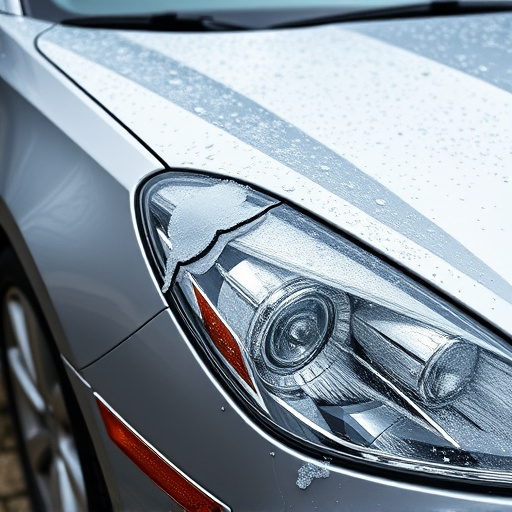
OEM parts, or Original Equipment Manufacturer parts, are the genuine components that come directly from the vehicle’s manufacturer. These parts are designed and engineered specifically for a particular make and model, ensuring precise fitment and optimal performance. When it comes to vehicle crash repair services, using OEM parts offers several key advantages. They help in maintaining the original integrity and safety standards of the vehicle, which is crucial for ensuring the best possible outcome after a collision.
For auto painting and collision damage repair, especially in cases of hail damage repair, using OEM parts can significantly impact the final result. These parts are built to match the exact specifications of the vehicle’s pre-accident condition, allowing for seamless integration during the restoration process. This level of precision not only guarantees a more authentic look but also ensures that all safety features and systems function as intended, making it an essential consideration for any reputable crash repair service provider.
Benefits of Using Original Equipment Manufacturer (OEM) Parts in Crash Repair
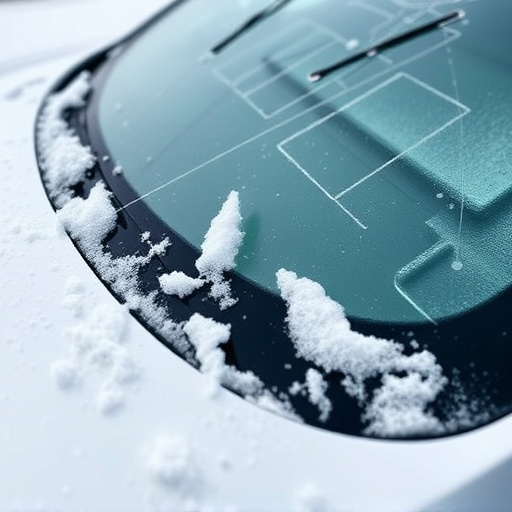
Using Original Equipment Manufacturer (OEM) parts in vehicle crash repair offers numerous advantages over aftermarket or generic alternatives. These benefits are significant, especially when it comes to restoring a car to its pre-accident condition. OEM parts ensure that every component is tailored specifically for the make and model of the vehicle, providing an exact fit and ensuring structural integrity during the repair process. This precision is crucial in maintaining the safety and performance of the vehicle, which is of utmost importance in today’s road conditions.
Moreover, OEM parts are designed and manufactured according to the highest industry standards, guaranteeing quality and reliability. They are made using the same materials and processes as the original equipment, ensuring durability and longevity. For car bodywork services or fender repair, this means a seamless finish, superior strength, and a vehicle that can withstand the rigors of daily driving just like new. This attention to detail not only enhances the aesthetics but also contributes to the overall safety and value retention of the vehicle in the long run, making OEM parts a preferred choice for professional car collision repair services.
Challenges and Best Practices for Integrating OEM Parts in Service Centers
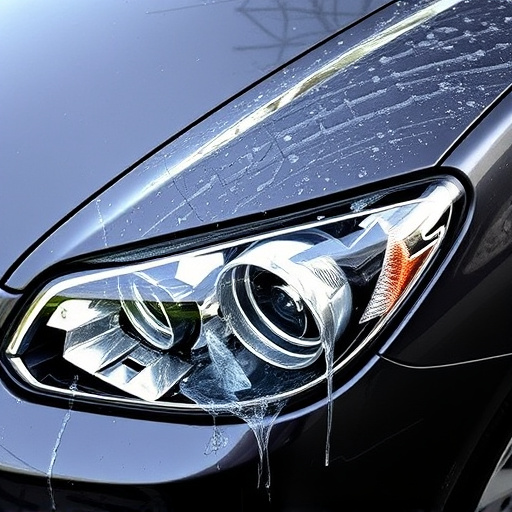
Integrating OEM (Original Equipment Manufacturer) parts into vehicle crash repair services presents both challenges and significant advantages. Service centers often face obstacles when adopting OEM components, such as higher costs compared to aftermarket alternatives. This disparity can be attributed to the stringent quality control measures and intellectual property rights associated with OEM parts. Additionally, ensuring a steady supply of these genuine parts can be challenging due to limited availability or lead times from manufacturers.
To overcome these challenges, best practices include fostering strong relationships with reliable OEM suppliers, investing in efficient inventory management systems, and training staff on the unique features and installation procedures of OEM parts. By prioritizing customer safety and satisfaction, service centers can leverage the superior quality and performance of OEM components, ultimately enhancing their reputation in the automotive industry. This strategy ensures that vehicle crash repair services meet or exceed manufacturer standards, resulting in better outcomes for both damaged vehicles and their owners.
In conclusion, integrating Original Equipment Manufacturer (OEM) parts into vehicle crash repair services offers numerous advantages, including superior quality, enhanced safety, and cost-effectiveness. However, service centers must overcome challenges like inventory management and training to ensure successful implementation. By adhering to best practices, such as staying updated with industry standards and fostering partnerships with reliable suppliers, crash repair professionals can provide top-notch repairs that meet or exceed OEM specifications, ultimately enhancing customer satisfaction in the competitive vehicle crash repair landscape.
